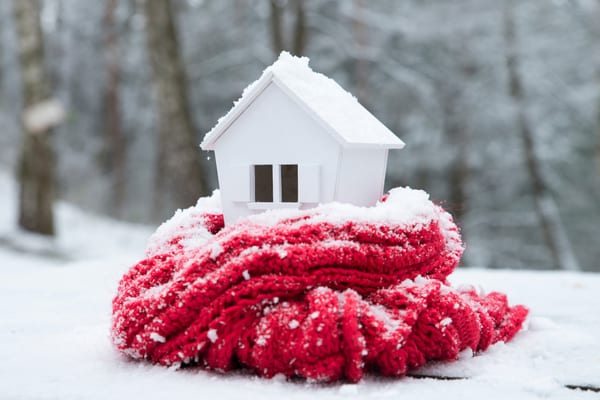People across the United States have been facing more extreme cold conditions than ever before. Here are some great ways to keep your home warm without risking your health and safety.
Space Heaters and Heating Systems
– Space heaters are a great way to add extra heat to colder rooms, but always remember to keep anything flammable at least three feet away from the heater at all times. Flammable items include clothing, rugs, bedding and curtains.
– Also remember to place the heater on a hard, non-flammable, stable surface and to turn it off completely before leaving the house. Set a reminder on your phone if you’re afraid you’ll forget.
– Get your heating system serviced professionally to make sure that it is clean, working properly, and ventilated to the outside.
– Never use outdoor heaters inside the house.
Monitor Fires
– It’s easy to snooze in front of a roaring fire, but always make sure that fireplace embers are completely out before going to bed for the night.
– Wood fireplaces should always have a glass or metal fire screen large enough to catch sparks and rolling logs.
– Have your fireplaces and chimneys inspected and cleaned every year.
– Install a smoke detector. Test batteries monthly and replace them twice a year.
– Have a safe alternate heating source and alternate fuels available.
Keep Heat Constant
– Setting your thermostat at the same temperature day and night will help prevent your pipes from freezing and bursting. While avoiding a high heating bill might be tempting, you could be protecting yourself from costly repairs from frozen or burst pipes.
– If you are going to be away from home for an extended period of time, don’t lower heat below 55 degrees.
Protect Pipes
– Experts at State Farm Insurance suggests letting your hot and cold faucets drip overnight and opening cabinet doors to allow heat to get to uninsulated pipes under sinks and on exterior walls.
– Locate the water shut-off valve in your home in advance of a water emergency, so you know where to go if a pipe bursts.
Watch Out for Antifreeze
People often use antifreeze on sidewalks and paths to melt ice and snow, but the dangers to humans and pets if it is ingested are serious. Use cat litter instead.
– Familiarize yourself with symptoms of antifreeze poisoning and monitor children who are behaving oddly after returning from playing outside.
– If you have pets, also learn symptoms of antifreeze poisoning in animals so you’re prepared if they become sick. Wipe down pets’ paws, stomachs and tails when they come inside so they do not ingest antifreeze when licking themselves.
Prevent Carbon Monoxide (CO) Emergencies
– Install a CO detector to alert you of the presence of the deadly, odorless, colorless gas. Check batteries when you change your clocks in the fall and spring.
– Learn symptoms of CO poisoning: headache, dizziness, weakness, upset stomach, vomiting, chest pain, and confusion.
—
Photo Credit: Kishivan / Shutterstock.com
